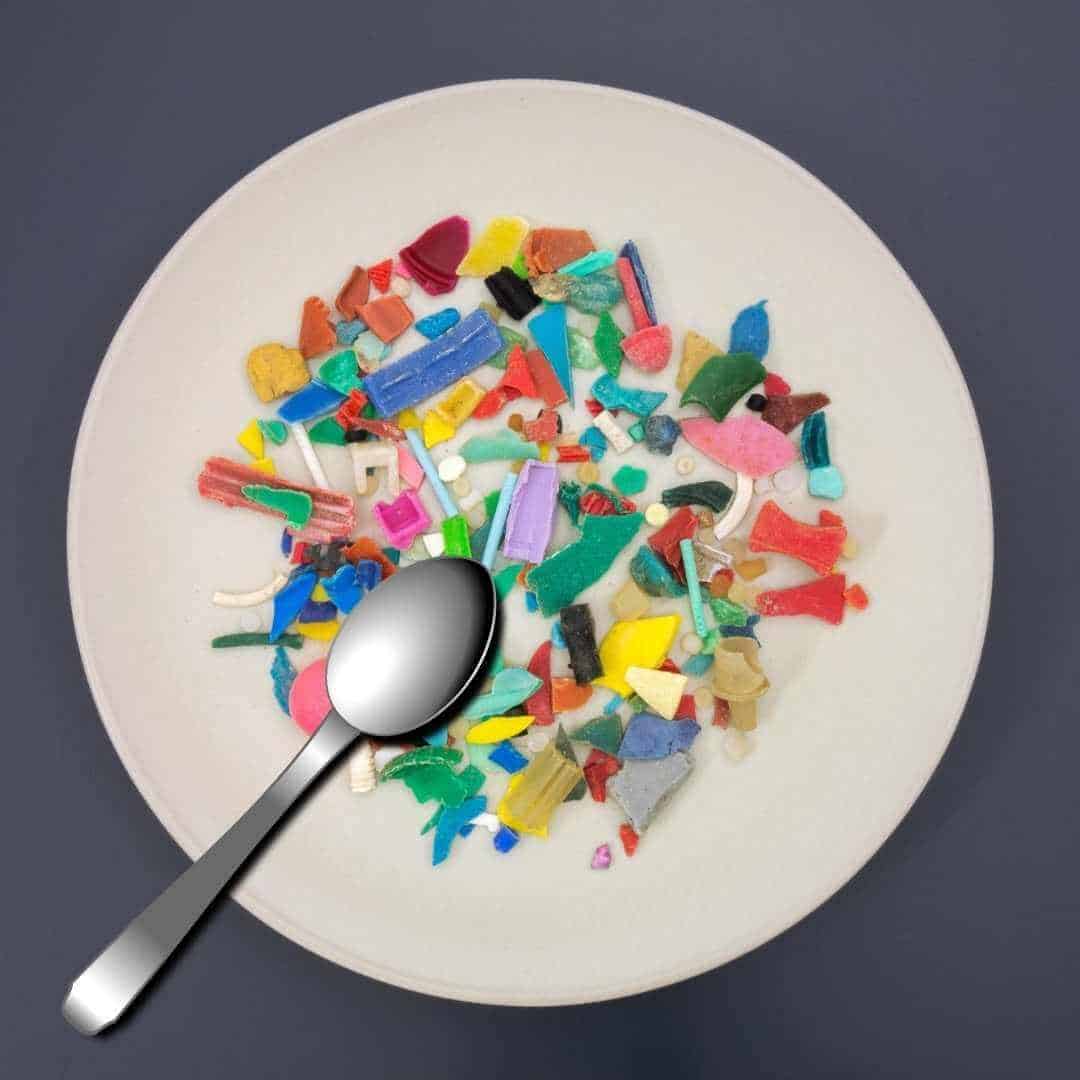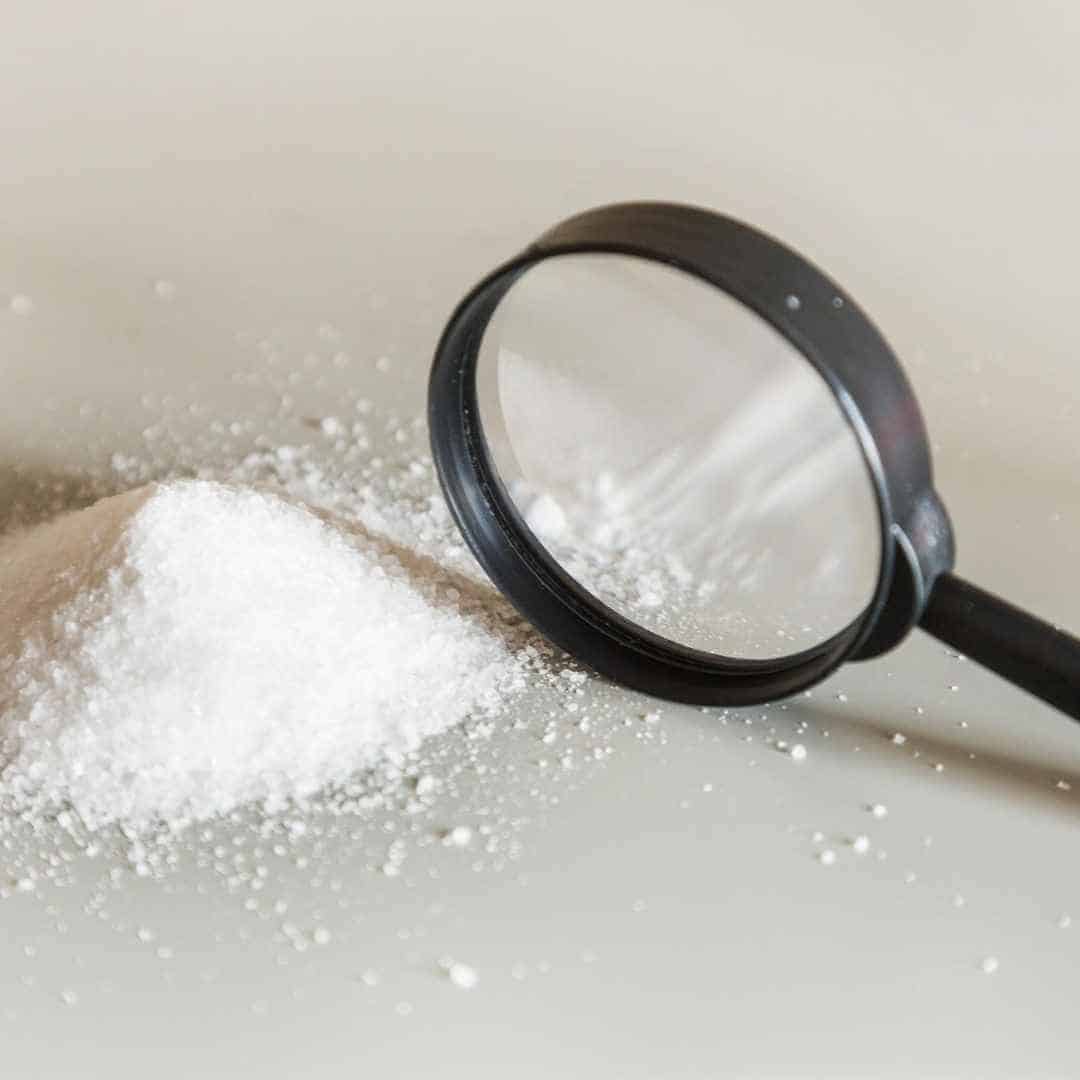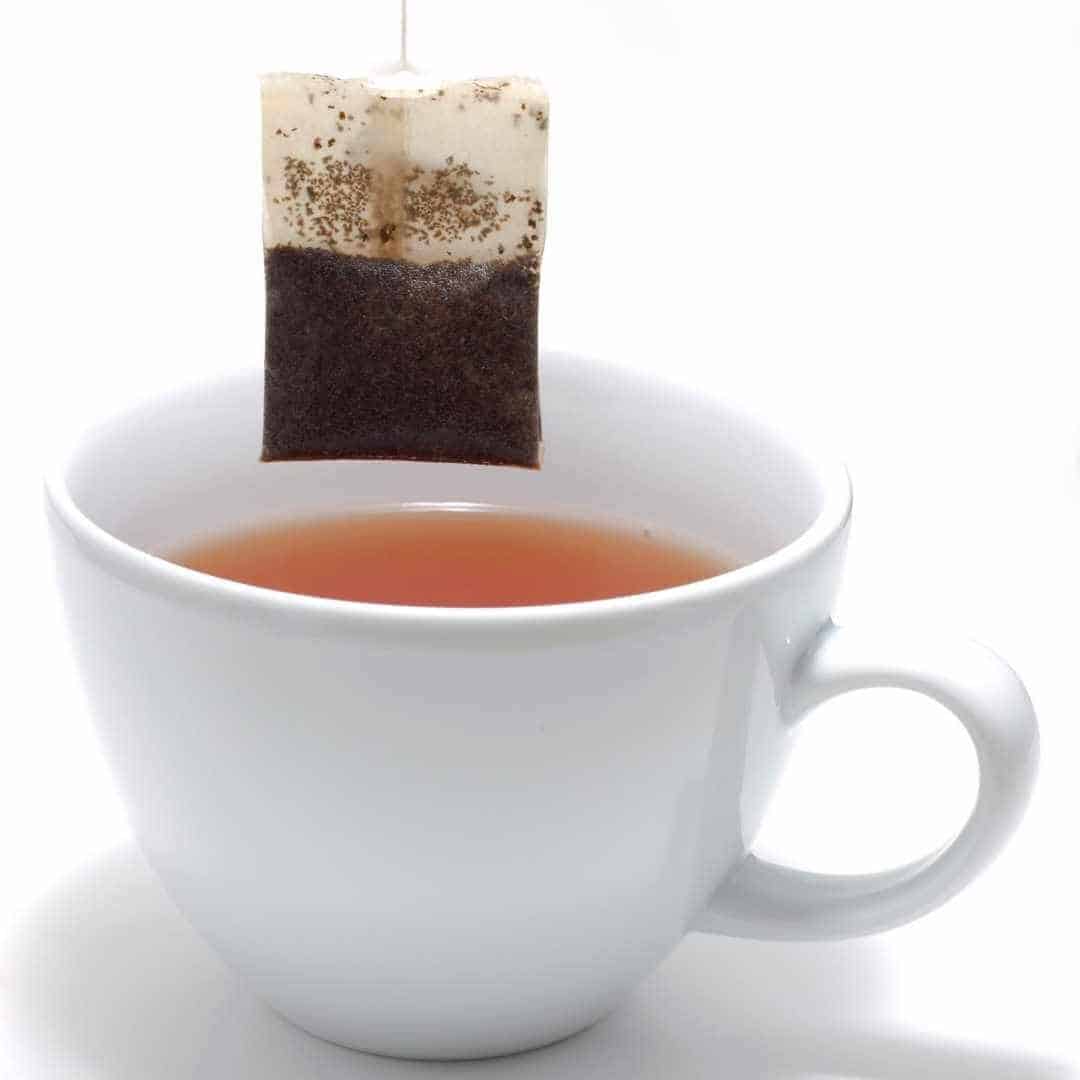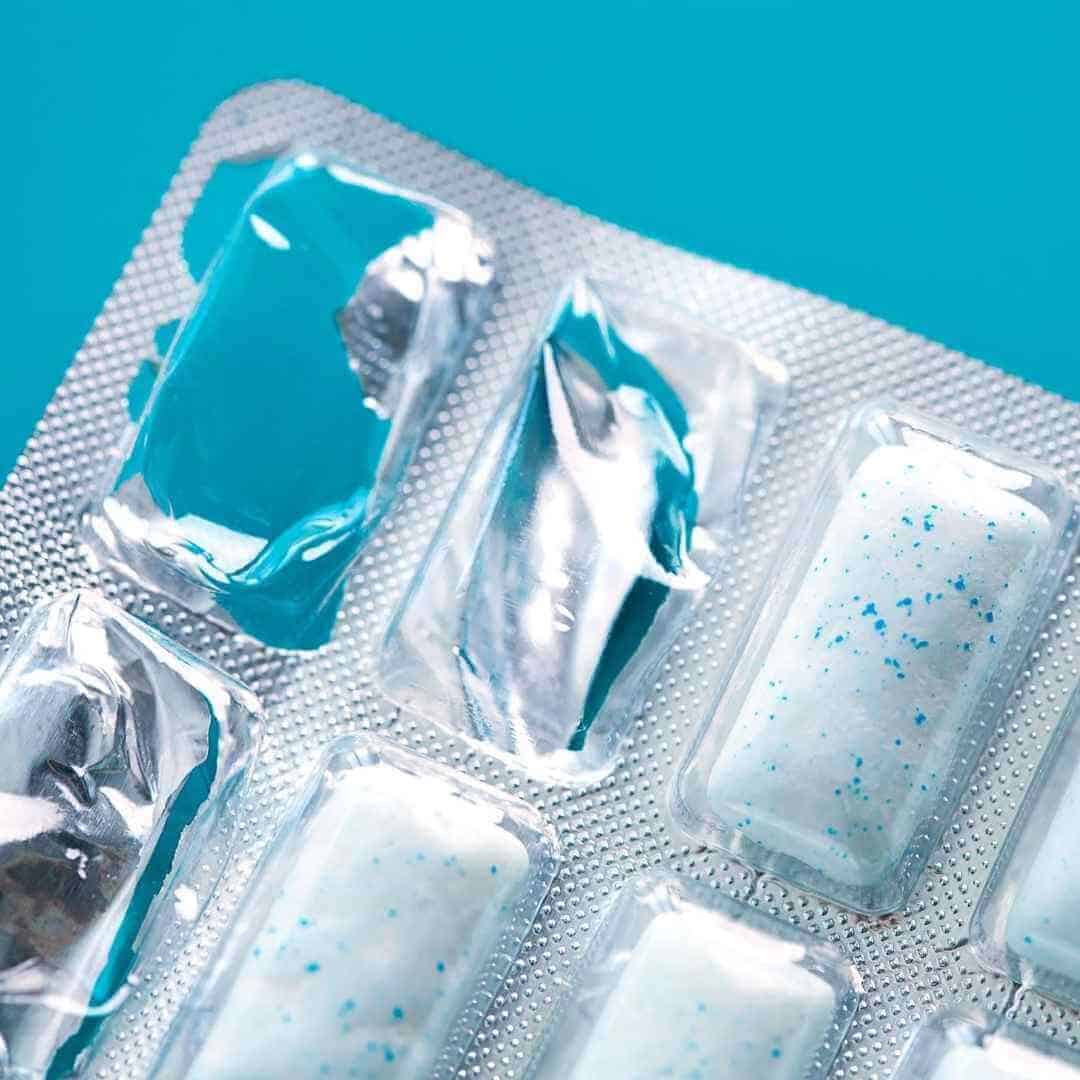In the 21st century, many of us are looking to eat a healthy diet and protect the environment, but without even realizing you could be eating some ordinary everyday foods that contain plastic.

As we are polluting the world with plastic and other environmentally harmful substances, we are also introducing them into our food chain. Some of these food items contain micro and nano plastics because of the way that they are made – but in some, plastic pollution is the cause.
There is currently a lack of research on the effects of different kinds of plastic fragments on human health – which means that we have no idea what a substance that is entering our bodies so frequently is doing to us.
The logical conclusion would, therefore, be to cut these drinks and foods out of our diets.
Let’s talk about some of the most common food products that contain microplastics and some accessible plastic-free alternatives for a healthy diet and a greener planet.
1. Salt

What’s happening to all the plastic we are using and throwing away on a daily basis?
It turns out that only 9% of it is ever recycled. With another small fraction being incinerated, most end up in landfills or the natural environment – including our ocean. [1]
As plastic is floating around in the ocean, it releases microplastic and nanoplastic, which then make their way back to our homes through the salt we use to add flavor to our foods.
A study testing the prevalence of microplastics in different salts available in China found that sea salt contains up to 681 particles of plastic per kilogram. This is more than other types of salt, but synthetic particles were also found in rock salt, well salt, and lake salt.
Further research has shown that similar amounts have been found in the salt sold in a range of countries across the world, including the US. [2], [3]The best alternative, which will contain significantly less synthetic material than sea salt, is rock salt.
Ideally, choose a high-quality option that was likely formed before the world’s plastic pollution became as severe as it is today. For example, true Himalayan pink salt would fit that criterion.
2. Teabags

Enjoying a cuppa every morning?
Did you know that besides tea leaves or herbs, your teabag also most likely contains some type of toxic chemicals?
According to the American Chemical Society, steeping a single teabag containing plastic can release up to 11.6 billion microplastics and 3.1 billion nanoplastics into your tea! [4]
Thankfully, there’s a very easy way to avoid this (and enjoy some arguably better tea). Switch to loose-leaf tea! It does not contain any synthetic material (like polypropylene and polyvinyl chloride) and helps you cut down on the amount of waste you are producing.
There are also some brands selling plastic-free teabags if loose-leaf tea is not for you.
3. Chewing Gum

Did you know that when you’re chewing gum, you’re actually chewing plastic?
That’s right – most chewing gum nowadays contains plasticizers as part of the base. The polymer used in chewing gum is quite like the one used to make car tires – not very appetizing, is it?
Thankfully, a plastic-free alternative to chewing gum is making a comeback. Before the introduction of plasticky gum, people used to chew on ‘chicle’ made from tree sap.
Some small companies are sticking to this old method, while new startups, like the one below, are bringing some innovative alternatives to the market that use natural ingredients and chicle tree sap instead of plastic.
4. Soda And Bottled Water

It’s no surprise that plastic bottles used for soda or water are bad for the environment, but did you know that they also release and leach plastic into the drink?
Many of us are phasing out soda as it is the opposite of a healthy diet choice and giving up on bottled water due to the environmental damage and hefty price tag, but here’s another reason to give up single-use plastic bottles: water from a bottle contains twice as much plastic as tap water! [5]
Tip: Never reuse or leave a plastic bottle in the hot car or direct sunlight as that will help chemicals like BPA to leach into the water.
So here’s the best alternative for you – tap water. It costs much less, it’s better for the environment, and it contains much less plastic.
If you can’t resist the occasional soda, aim for glass bottles with metal lids that won’t release plastic into your drink.
5. Ready Meals

This is a case similar to bottled drinks – ready meals packaged in plastic are also likely to contain a range of semi-synthetic or synthetic compounds.
Microplastic particles are likely to release from the packaging and leach into your food while heating, microwaving, or in the production process.
Whenever possible, choosing to cook at home is obviously the more environmentally friendly and healthier option.
However, I do understand that sometimes, you may need to rely on the occasional ready meal. In that case, look for ready meals packaged in cardboard or natural wood, card, or paper-based alternative trays and containers that can be heated up with or without the packaging. Careful though, some cardboard may still be lined with plastic!
Read Also: 6 Easy Ways To Cook Canned Foods Without Their Own Containers!
6. Seafood And Fish

Since we talked about sea salt containing plastic, it will probably come as no surprise that fish and seafood won’t be plastic-free either. On the contrary, the issue is even more severe than with salt. Microplastics have repeatedly been found in the digestive tracts of fish across the world.
According to a recent study, it seems like these particles can also find their way into other parts of the body, including the parts we consume. Besides that, canned fish have also been found to contain plastic. [6]
Lovers of other seafood are likely to consume even more plastic. Somebody, who eats mussels regularly will consume an estimated number of 11,000 microplastics yearly. However, microplastic content in seafood does vary significantly between countries. [7]
The easiest way to skip on microplastics from fish and seafood is to choose organic plant-based alternatives instead. This is a much more environmentally friendly option, and, with the content of plastics of mercury in seafood, it’s also better for a healthy diet.
Read Also: This One Vegan Fish Oil Alternative Offers A Great Nutrient Ratio!



